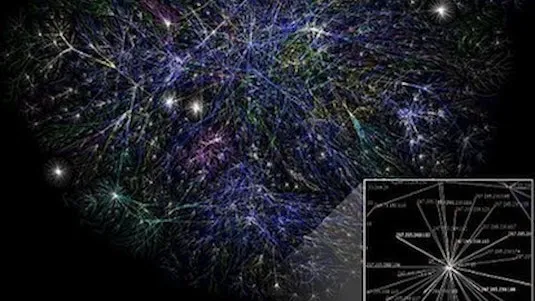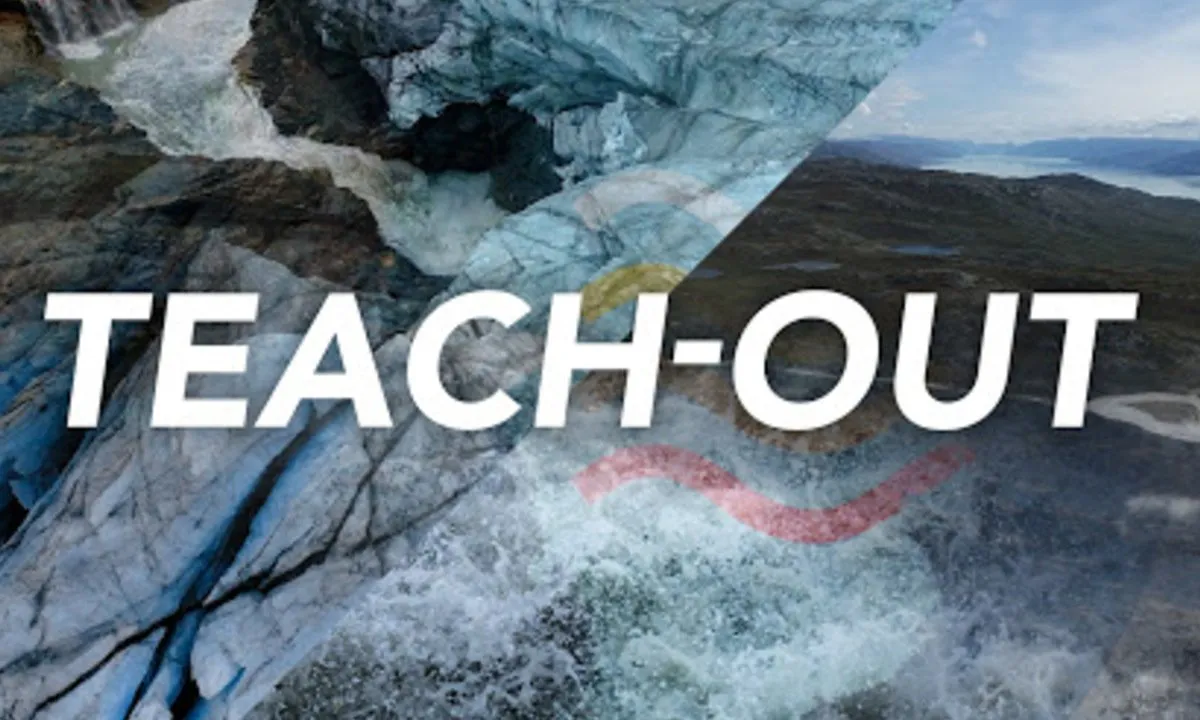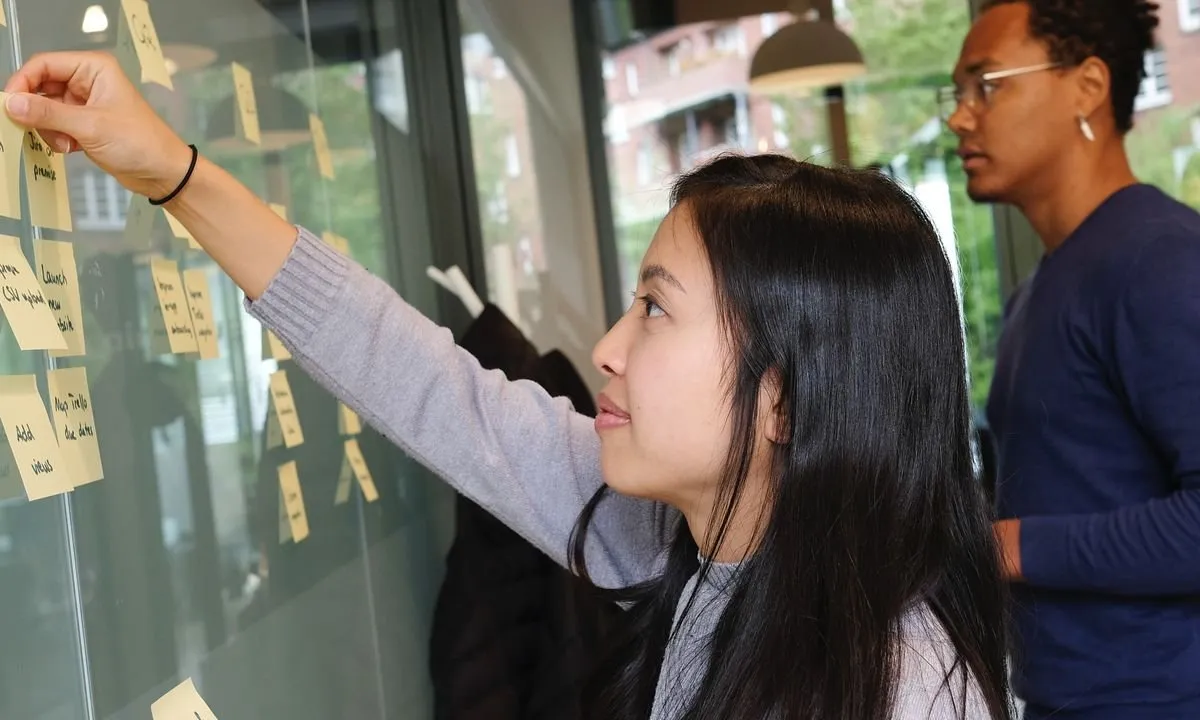
The Changing Arctic: Present Past & Future 
The Arctic is undergoing dramatic changes. From shrinking sea ice cover to thawing permafrost, the environment is transforming. This course takes a detailed look at the present and past climates of the Arctic, as well as the possible future of the region. It examines the cascading impacts of these changes on Arctic ecosystems. With a better understanding of the Arctic's changing environment, we can better prepare for the future. ▼
ADVERTISEMENT
Course Feature
![]() Cost:
Cost:
Free
![]() Provider:
Provider:
Coursera
![]() Certificate:
Certificate:
Paid Certification
![]() Language:
Language:
English
![]() Start Date:
Start Date:
26th Jun, 2023
Course Overview
❗The content presented here is sourced directly from Coursera platform. For comprehensive course details, including enrollment information, simply click on the 'Go to class' link on our website.
Updated in [June 30th, 2023]
This course, The Changing Arctic: Present, Past & Future, provides an in-depth look at the remarkable changes occurring in the Arctic environment. Students will explore the shrinking Arctic sea ice cover, shrinking land ice, thawing permafrost, and the cascading impacts on Arctic ecosystems. The course will begin with a review of Arctic climates of the past, followed by an examination of the possible future of the Arctic’s climate and environment. Through lectures, discussions, and activities, students will gain a better understanding of the Arctic’s changing environment and the implications for the future.
[Applications]
After completing this course, students should be able to apply their knowledge to better understand the current and future impacts of climate change on the Arctic environment. They should be able to identify the key drivers of Arctic climate change, and be able to assess the potential impacts of climate change on Arctic ecosystems. Additionally, students should be able to identify potential solutions to mitigate the impacts of climate change on the Arctic environment.
[Career Path]
Job Position Path: Arctic Climate Scientist
Arctic Climate Scientists are responsible for researching and analyzing the climate of the Arctic region. They use a variety of methods to study the climate, including collecting data from satellites, weather stations, and other sources. They also use computer models to simulate the climate and its effects on the environment. Arctic Climate Scientists must be able to interpret and communicate their findings to the public and policy makers.
The demand for Arctic Climate Scientists is expected to increase in the coming years as the effects of climate change become more pronounced in the Arctic region. As the Arctic environment continues to change, Arctic Climate Scientists will be needed to help understand the causes and effects of these changes. They will also be needed to help develop strategies to mitigate the effects of climate change in the Arctic. Additionally, Arctic Climate Scientists will be needed to help develop policies to protect the Arctic environment and its inhabitants.
[Education Path]
The recommended educational path for learners interested in this course is a Bachelor of Science in Environmental Science. This degree program provides students with a comprehensive understanding of the environment and its components, including the physical, chemical, and biological processes that shape the environment. Students will learn about the effects of human activities on the environment, as well as the strategies and technologies used to mitigate environmental damage. In addition, students will gain an understanding of the legal and policy frameworks that govern environmental protection.
The development trend of this degree program is to focus on the interdisciplinary nature of environmental science, with an emphasis on the integration of knowledge from the natural sciences, social sciences, and humanities. This will enable students to develop a holistic understanding of the environment and its challenges, and to develop the skills necessary to address these challenges. In addition, the degree program will focus on the development of practical skills, such as data analysis, problem-solving, and communication, which are essential for environmental professionals.
Course Syllabus
Visible Indicators of Change
The Arctic is home to some of our planet's most visible indicators of climate change and we'll learn all about them in this module. Notable among these are the shrinking Arctic sea ice cover and the stronger warming of the Arctic compared to the rest of the globe, a phenomenon known as "Arctic Amplification". We'll then look at how the Arctic permafrost - perennially frozen ground - is warming and thawing. Finally, attention will turn to a direct threat to Arctic residents - coastal erosion and how it is tied to sea ice loss, ocean warming and warming permafrost.Shrinking Land Ice
The Arctic is home to the Greenland ice sheet, one of the planet's two ice sheets (the other is the Antarctic ice sheet) as well as many ice caps and glaciers. With few exception, these ice bodies are losing mass and contributing to sea level rise. Here we'll learn all about the Arctic's shrinking land ice, including the complexity of processes affecting the mass balance of the Greenland ice sheet, and the sad story of the disappearance of the two small ice caps that your instructor studied back in the early 1980s.Cascading Impacts of a Warming Arctic
Here, we'll discover how changes in the Arctic are having cascading effects not just within the Arctic, but beyond the region. There is is evidence, albeit still controversial, that the strong warming of the Arctic, known as Arctic amplification, can influence weather patterns in middle latitudes. We'll see that the Arctic itself is experiencing extreme weather events. We'll also explore how treeless, windswept tundra is being taken over by shrubs, and how the loss of sea ice is is having impacts cascading through the marine food chain from phytoplankton to top predators like the polar bear.Learning from the Past
A key part of understanding recent climate change in the Arctic, as well as where the Arctic may be headed, is to understand climates of the past - the realm of paleoclimatology. Here, we'll learn about the science of paleoclimatology, different types of paleoclimate data and some of the causes of past climate changes. The Arctic turns out to be a rich course of paleoclimate data. Then we'll focus on climates from the past million years up to the modern period, noting the tremendous changes that have occurred in the Arctic and elsewhere, setting the stage for a peek into the future.The Future Arctic
In this module, we'll first learn that while climate models are a key tools for making projections about the future Arctic, they also have biases and uncertainties. We'll then take a look at projected changes in temperature, precipitation and sea ice. We'll see that the Arctic is expected to continue to warm more strongly than the rest of the planet, that Arctic precipitation is likely to increase and that the sea ice cover will continue to shrink. However, it will also become clear that the magnitude of these changes will very much depend on human behavior - specifically, future rates of fossil fuel burning. Finally, we'll look at the permafrost carbon feedback, and its potential to lead to further warming of the planet.Course Provider

Provider Coursera's Stats at AZClass
Discussion and Reviews
0.0 (Based on 0 reviews)
Explore Similar Online Courses

AP Psychology - Course 3: How the Mind Works

Introduction to Internetworking with TCP&IP

Python for Informatics: Exploring Information

Social Network Analysis

Introduction to Systematic Review and Meta-Analysis

The Analytics Edge

DCO042 - Python For Informatics

Causal Diagrams: Draw Your Assumptions Before Your Conclusions

Whole genome sequencing of bacterial genomes - tools and applications

Melting Ice Rising Seas Teach-Out

Planning with Climate Change in Mind


Start your review of The Changing Arctic: Present Past & Future